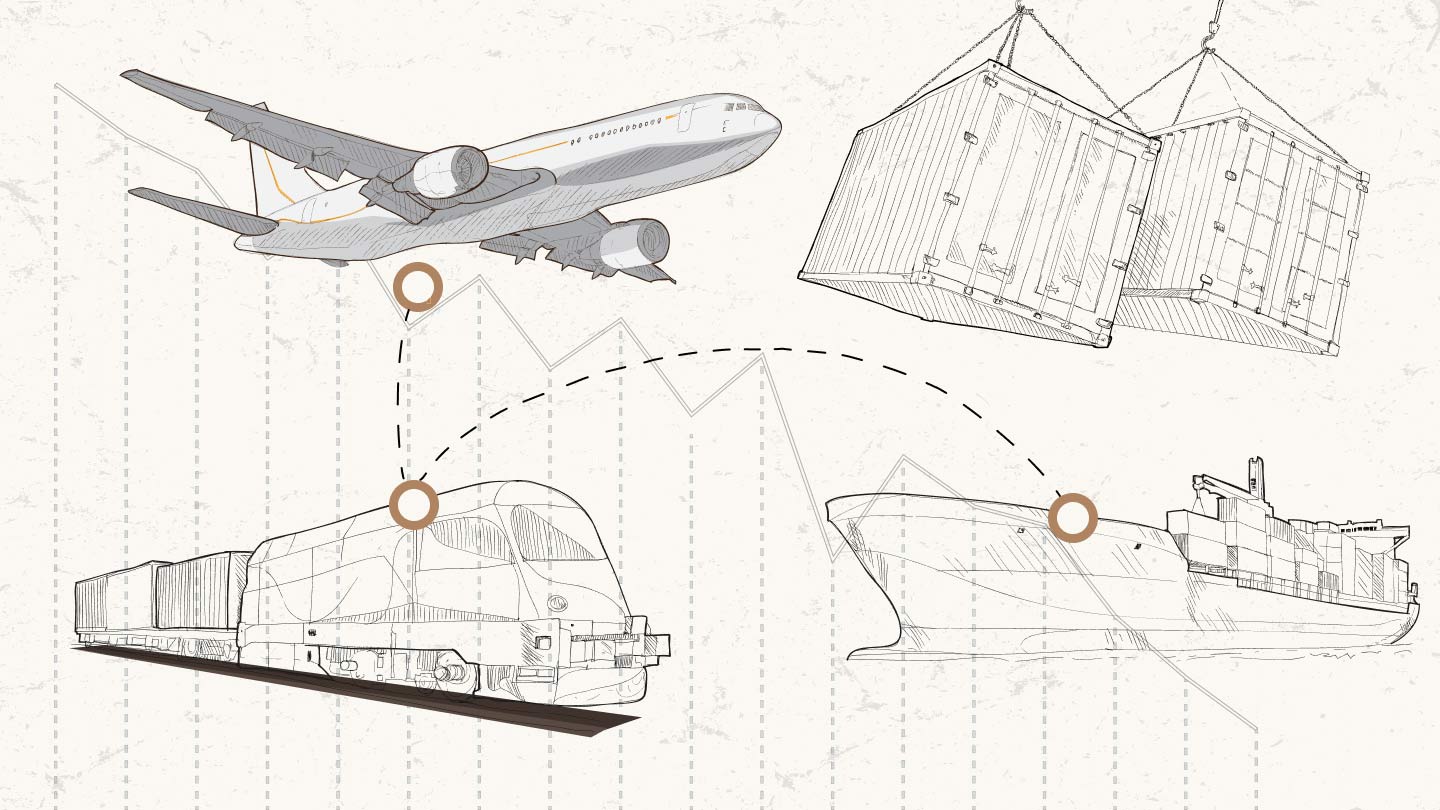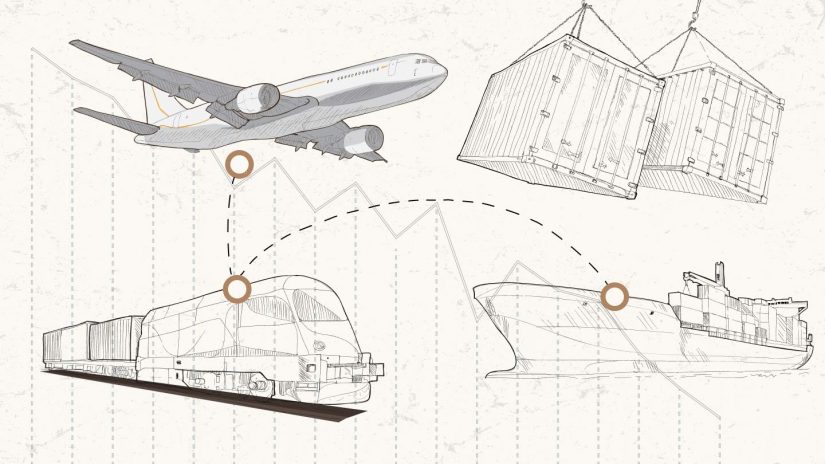
**Title: Assessing April Tariffs: Investigating Their Economic Effects**
**Introduction**
Tariffs have consistently played an essential role in global trade, significantly impacting the economic landscape. With a series of new tariffs introduced by key economies in April, a comprehensive examination of their economic effects has become necessary. This article investigates the consequences of these tariffs, analyzing their influence on trade dynamics, local industries, and international economic relationships.
**Understanding Tariffs and Their Function**
Tariffs are taxes levied on imported goods, utilized by governments to safeguard domestic industries, produce revenue, and occasionally as instruments in global negotiations. The recent tariffs enacted in April by several prominent economies primarily aimed to address trade discrepancies and support local production.
**Impact on Trade Dynamics**
The enforcement of tariffs typically results in a direct uptick in the expenses associated with imported goods, diminishing their competitiveness compared to local products. In the short term, this may lead to a decline in imports as businesses and consumers shift towards domestic alternatives. Nonetheless, it can also incite retaliation, with impacted trading partners introducing their tariffs, potentially igniting trade disputes.
April’s tariffs have already begun to alter trade dynamics. Importers are encountering elevated costs, prompting changes in sourcing strategies. Some nations, in reaction to heightened barriers, are exploring new trade partnerships, thus reshaping established trade alliances.
**Effects on Domestic Industries**
For local industries, tariffs can serve as a mixed blessing. They afford protection against overseas competition, which may lead to increased domestic production and job opportunities. Conversely, they can result in higher expenses for domestic manufacturers dependent on imported raw materials or components.
In April, sectors previously pressured by lower-cost imports, such as steel and aluminum in specific countries, reported heightened output. However, industries with significant reliance on global supply chains, like automotive and electronics, have voiced concerns over escalating production expenses.
**Consumer Impact**
For consumers, tariffs frequently translate into increased prices. As companies transfer the elevated costs of imports onto consumers, the prices of goods can surge, contributing to inflation. In April, consumers in affected areas began experiencing price increases across various products, from daily essentials to larger items such as vehicles and electronics.
**Global Economic Relations**
Tariffs not only affect bilateral trade connections but also the overarching global trading framework. The April tariffs have rekindled discussions on trade policies and escalated tensions among major economies. This might prompt a reassessment of trade agreements and a renewed push for negotiations to prevent extended economic confrontations.
**Conclusion**
The examination of April tariffs unveils a nuanced economic impact. While they offer immediate protection for select domestic industries, they simultaneously introduce higher costs, potential retaliatory measures, and alterations in global trade dynamics. As countries navigate these transitions, ongoing oversight of the effects on the global economy will be essential to reconcile protectionist policies with the advantages of free trade. The forthcoming economic landscape will be greatly influenced by how nations adapt and react to these newly implemented tariffs.
